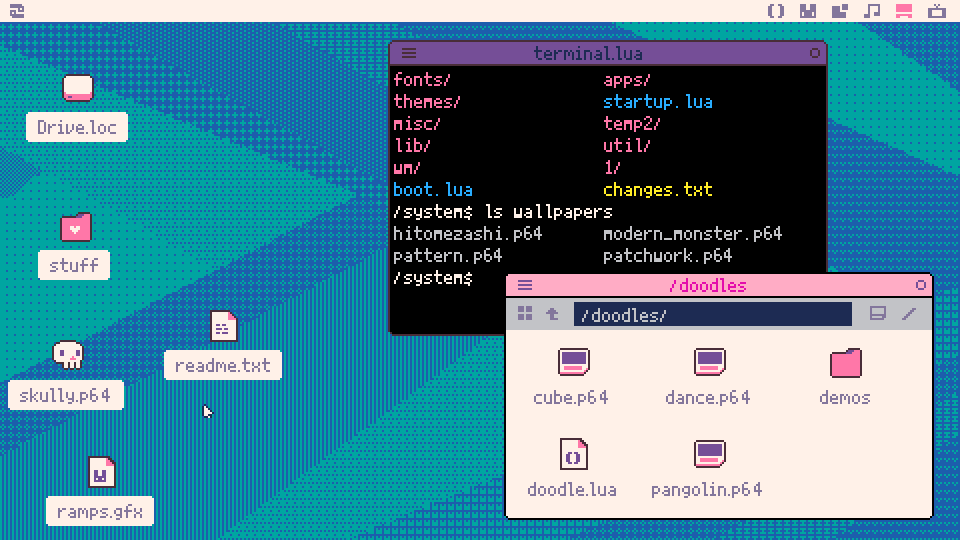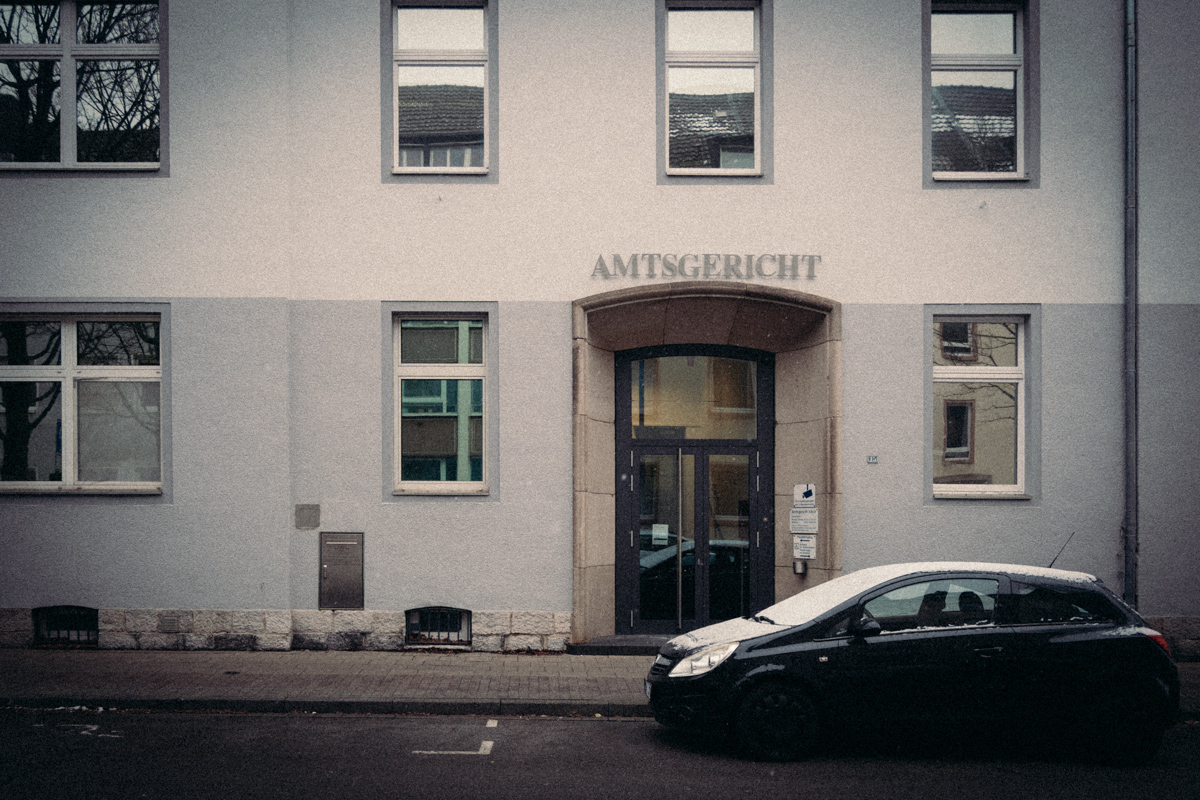So I’ve been watching Taylor Sheridan on The Joe Rogan Experience and those guys say a lot of smart things on that episode. As is usual with Rogan, they also say some dumb shit. But the dumbest thing is something that I’ve heard a lot and it just baffles me.
What is it with Americans saying “our country is a republic, not a democracy”? And it’s always Americans saying this. Is it something about their school system where they’re just not educated about this stuff? Of course your country is a democracy. A republic is a way of running a government, usually a democratic one. Your whole nation was founded on the same ideal than the French Republic, in the same era of revolutional upheaval. And that idea was chiefly that a country should be run by its people instead of a king and a class of privileged individuals that pass on their privilege to their children. So a republic, in contrast to a monarchy, is a government by the people, for the people. And how do you decide who is in that government? Guess what? Democracy.
“Republic” and “democracy” aren’t mutually exclusive terms. On the contrary. One (republic) is a practical means of achieving an idea (democracy). They can theoretically exist without one another, and sometimes do. One example of this is the United Kingdom, which is a democratic state that isn’t a republic. If anything, the US republic is more democratic than the constitutional monarchy in Britain. You can also have a republic that isn’t democratic. The Italian fascist, for example, founded such a state when Mussolini was dismissed by the king.
All this should demonstrate that the terms certainly aren’t exclusive. And why would you think they are? Aside from studying history — the Roman Republic is a good start — you could just look these words up in a dictionary. People saying this just drives me nuts. Especially when they are from a country that has quite often invaded other countries on the pretext of enlightening them about democracy.






